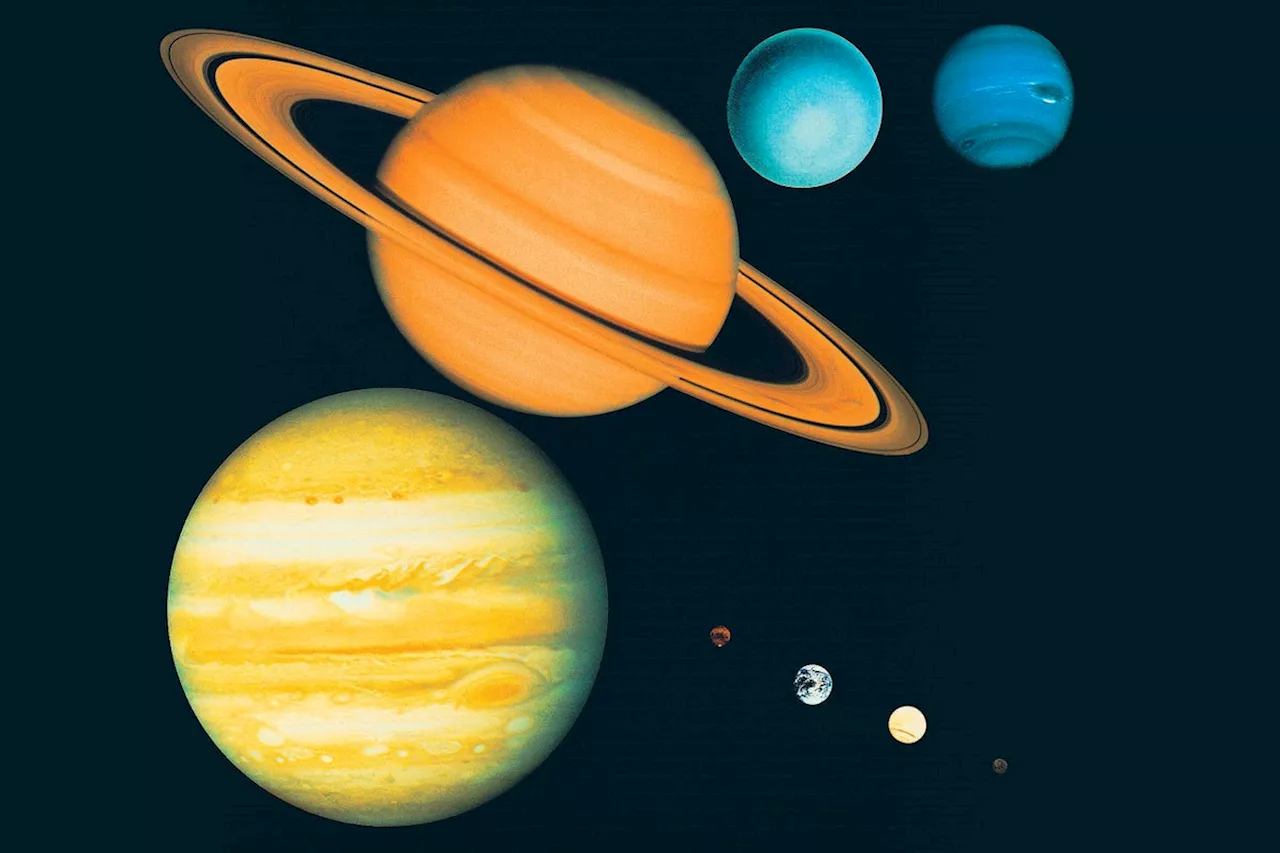The article discusses the ongoing debate about the number of planets in our solar system. It highlights the challenges of defining a planet and how the discovery of dwarf planets like Eris led to the reclassification of Pluto. The article also touches upon the possibility of a ninth planet, Planet Nine, being discovered.
The number of planets that orbit the sun depends on what you mean by “planet,” and that’s not so easy to defineAll eight of the solar system ’s “major” planets appear in this illustration, but the actual number of planetary bodies orbiting our star is far greater., alien worlds that orbit alien suns. Only eight planets call our solar system home. Or there might still be nine if some astronomers are correct about an as-yet undiscovered large body out past Neptune.
Or should that be “nine or 10”? Astronomers are pursuing this idea right now. Many smaller outer solar system objects appear to have orbits that are aligned in certain mysterious ways;that is many times the mass of Earth and orbits more than 30 billion km from the sun. Temporarily called Planet Nine, this putative world’s potential location in the sky is not clear.the Vera Rubin Observatory
But have a care before you make up your mind. I’d argue that the main reason we’ve struggled for so long to come up with a definition for “planet” is that“planet” is more of a concept, a generalization, than a definition. He’s right. There are no hard and fast lines we can draw around the concept of a planet to make it definable and distinct from other classes of objects.
PLANETS DWARF PLANETS SOLAR SYSTEM PLANET NINE
United States Latest News, United States Headlines
Similar News:You can also read news stories similar to this one that we have collected from other news sources.
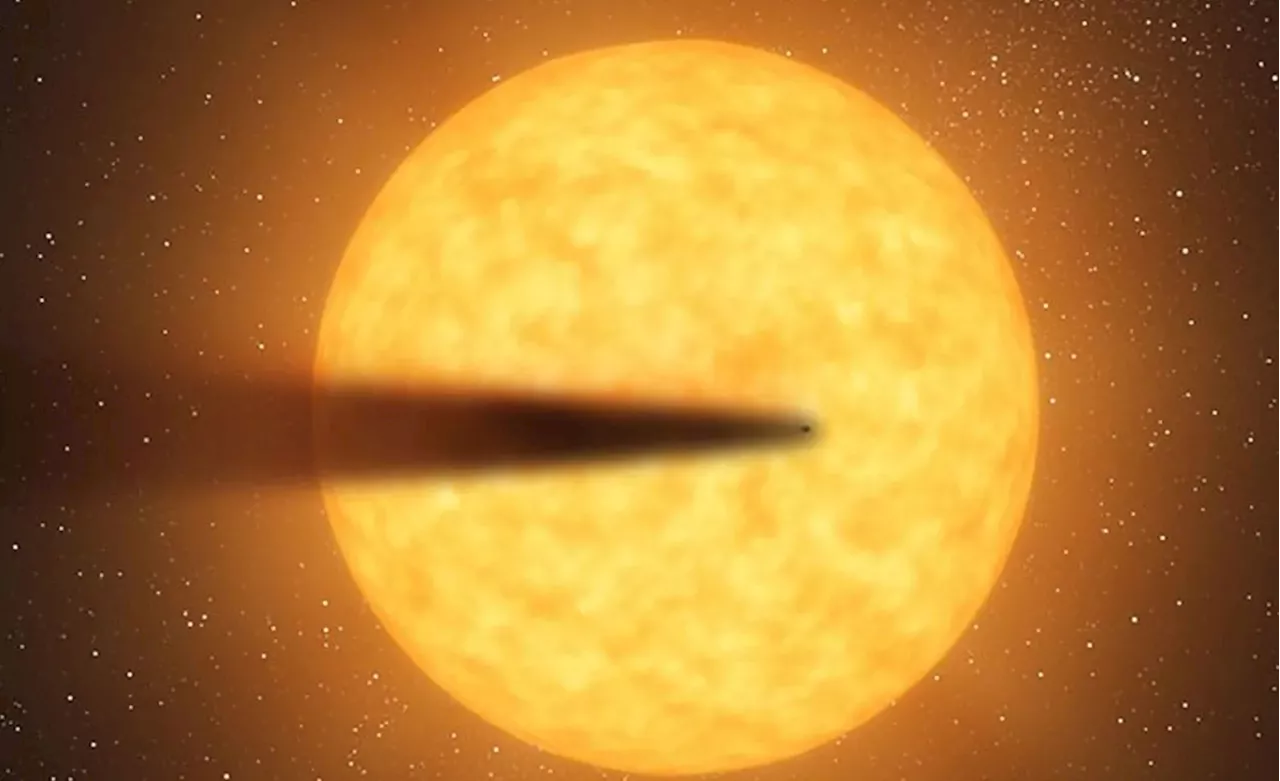 Dying Planets: Astronomers Witness the Cataclysmic Disintegration of Two Ultra-Short-Period PlanetsTwo ultra-short-period planets (USPs) are disintegrating before our eyes, leaving trails of debris resembling comet tails. These discoveries provide astronomers with a unique opportunity to study the composition and fate of planets under extreme conditions.
Dying Planets: Astronomers Witness the Cataclysmic Disintegration of Two Ultra-Short-Period PlanetsTwo ultra-short-period planets (USPs) are disintegrating before our eyes, leaving trails of debris resembling comet tails. These discoveries provide astronomers with a unique opportunity to study the composition and fate of planets under extreme conditions.
Read more »
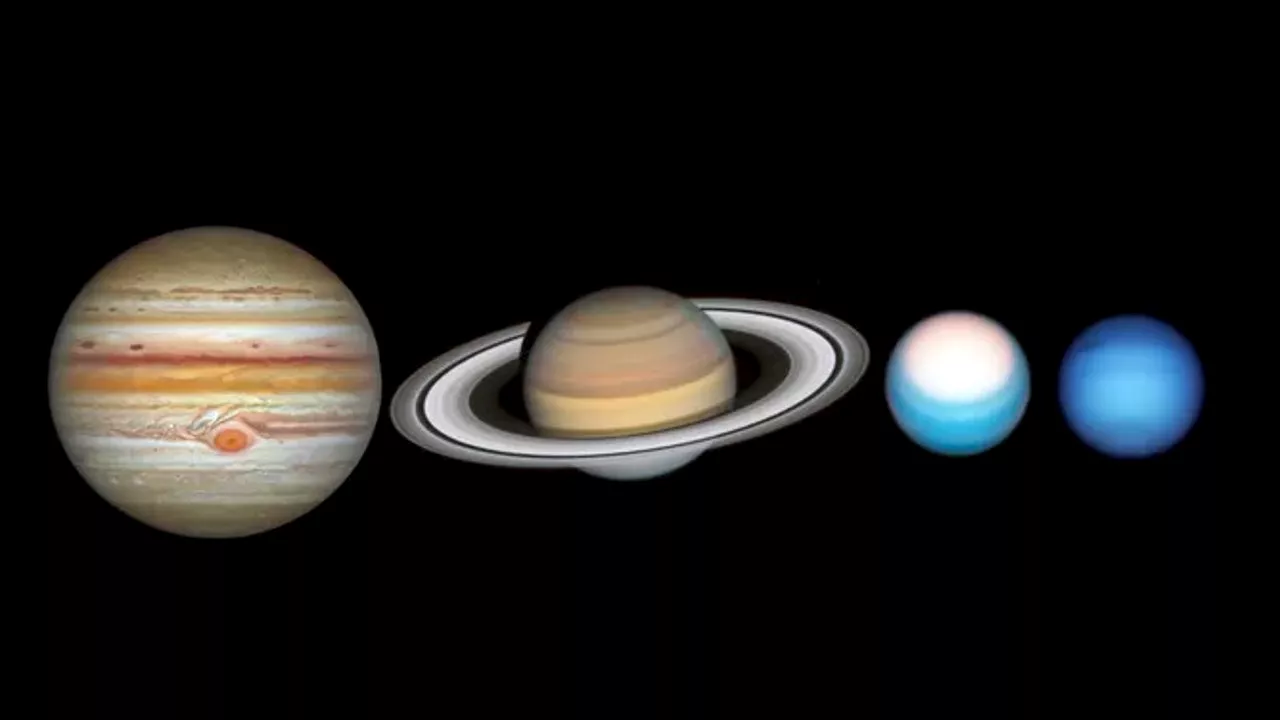 Spot 7 Planets in the Night Sky in Early 2025Early 2025 offers a rare opportunity for stargazers to see up to seven planets in the night sky. This multi-planet alignment, though not super rare, happens infrequently and is worth observing. The planets will appear in a line known as the ecliptic, the plane where they orbit the Sun. Four planets will be visible throughout January, with Uranus and Neptune requiring binoculars or a telescope. Mercury joins the parade on January 25th, making it a party of seven. The alignment breaks up in February, but four planets will still be visible.
Spot 7 Planets in the Night Sky in Early 2025Early 2025 offers a rare opportunity for stargazers to see up to seven planets in the night sky. This multi-planet alignment, though not super rare, happens infrequently and is worth observing. The planets will appear in a line known as the ecliptic, the plane where they orbit the Sun. Four planets will be visible throughout January, with Uranus and Neptune requiring binoculars or a telescope. Mercury joins the parade on January 25th, making it a party of seven. The alignment breaks up in February, but four planets will still be visible.
Read more »
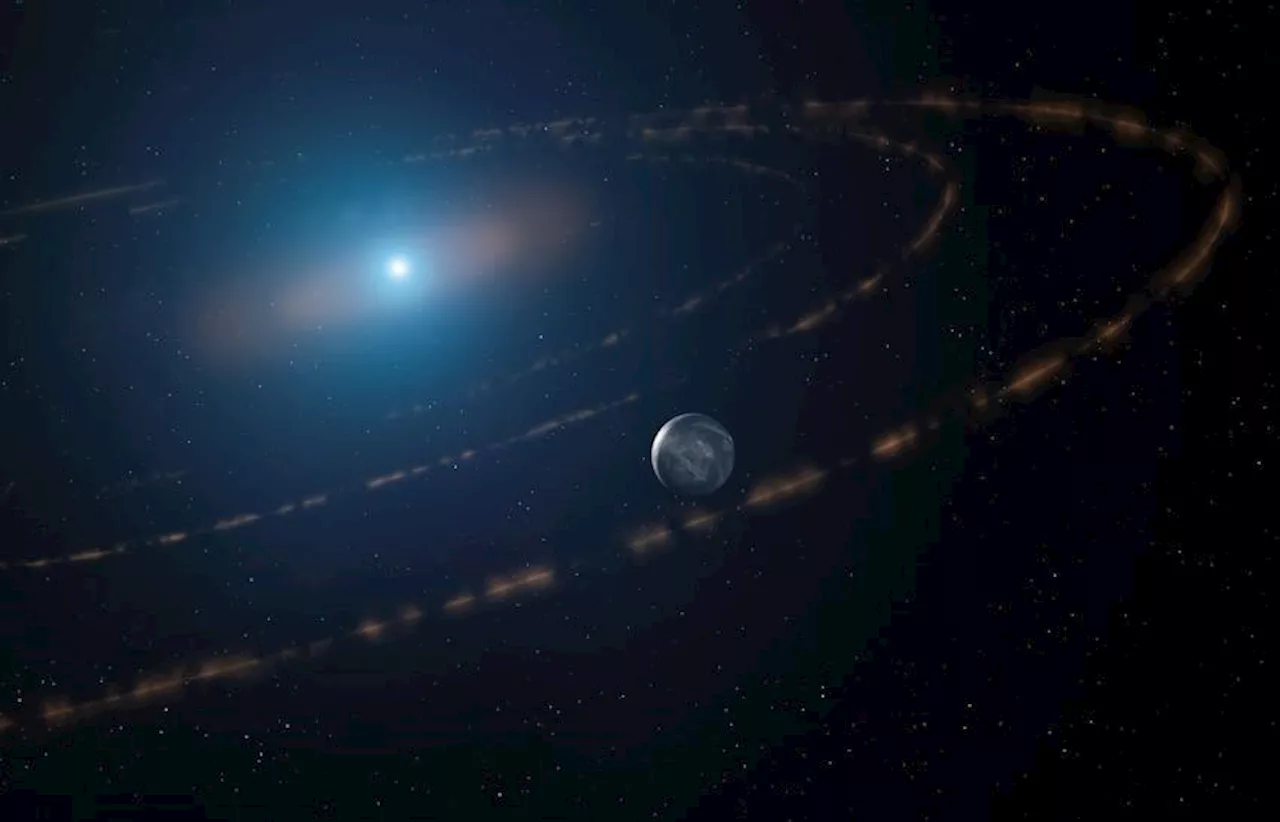 Could Life Exist on Planets Orbiting White Dwarfs?A new study explores the possibility of habitable worlds orbiting white dwarfs, considering the challenges of planetary water retention and orbital migration during a star's evolution.
Could Life Exist on Planets Orbiting White Dwarfs?A new study explores the possibility of habitable worlds orbiting white dwarfs, considering the challenges of planetary water retention and orbital migration during a star's evolution.
Read more »
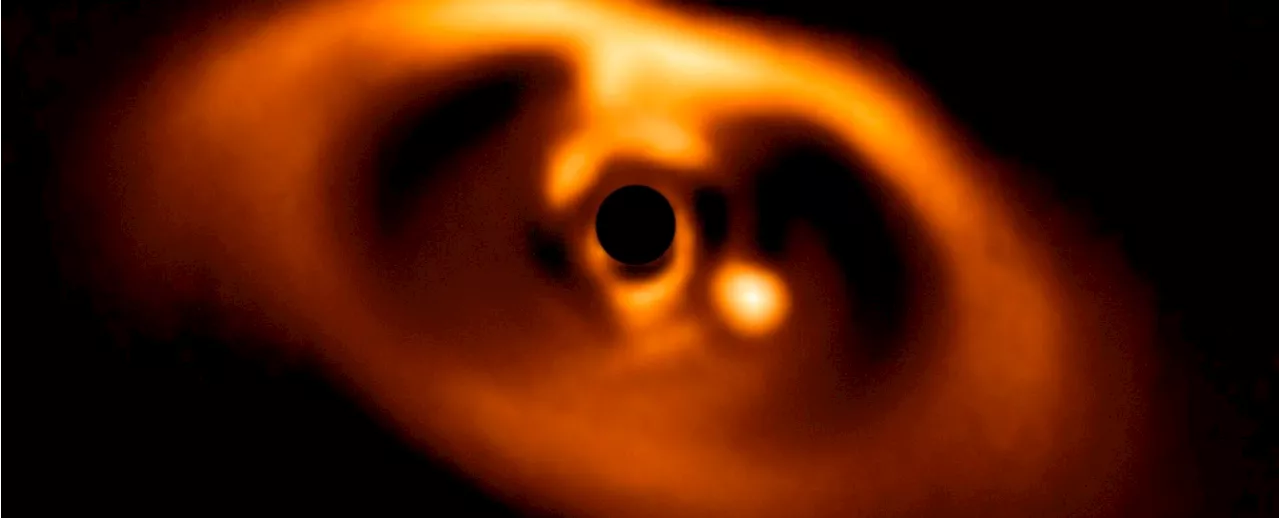 Astronomers Discover Complicated Relationship Between Protoplanetary Disks and PlanetsA team of astronomers has made groundbreaking discoveries using the Hubble Space Telescope to study the protoplanetary disk PDS 70. They were able to analyze the composition of PDS 70b, a still-forming exoplanet, and compare it to the composition of the surrounding gas. These findings indicate that the relationship between a protoplanetary disk and the planets they form might be more complicated.
Astronomers Discover Complicated Relationship Between Protoplanetary Disks and PlanetsA team of astronomers has made groundbreaking discoveries using the Hubble Space Telescope to study the protoplanetary disk PDS 70. They were able to analyze the composition of PDS 70b, a still-forming exoplanet, and compare it to the composition of the surrounding gas. These findings indicate that the relationship between a protoplanetary disk and the planets they form might be more complicated.
Read more »
 10 Most Important Planets in Star Wars: The Clone WarsThis article explores the 10 most important planets featured in Star Wars: The Clone Wars, highlighting their significance to the narrative and fan engagement.
10 Most Important Planets in Star Wars: The Clone WarsThis article explores the 10 most important planets featured in Star Wars: The Clone Wars, highlighting their significance to the narrative and fan engagement.
Read more »
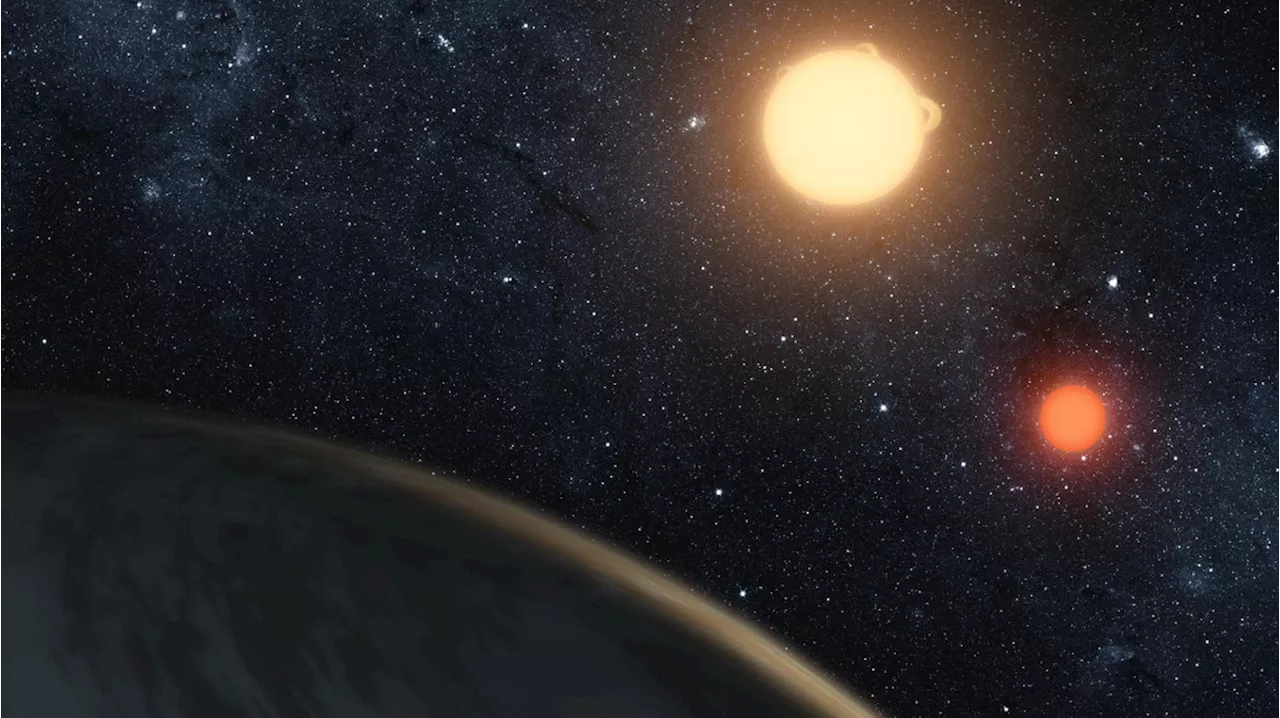 Desert planets like those in 'Dune' and 'Star Wars' unlikely to host life, NASA saysTom Brown is a freelance science writer living in New York whose work has appeared in the Guardian and Al Jazeera. He is the recipient of the Covering Climate Now Award, the AGU Data Visualization Award and the Silver Fetisov Journalism Award for Excellence in Environmental Journalism.
Desert planets like those in 'Dune' and 'Star Wars' unlikely to host life, NASA saysTom Brown is a freelance science writer living in New York whose work has appeared in the Guardian and Al Jazeera. He is the recipient of the Covering Climate Now Award, the AGU Data Visualization Award and the Silver Fetisov Journalism Award for Excellence in Environmental Journalism.
Read more »
